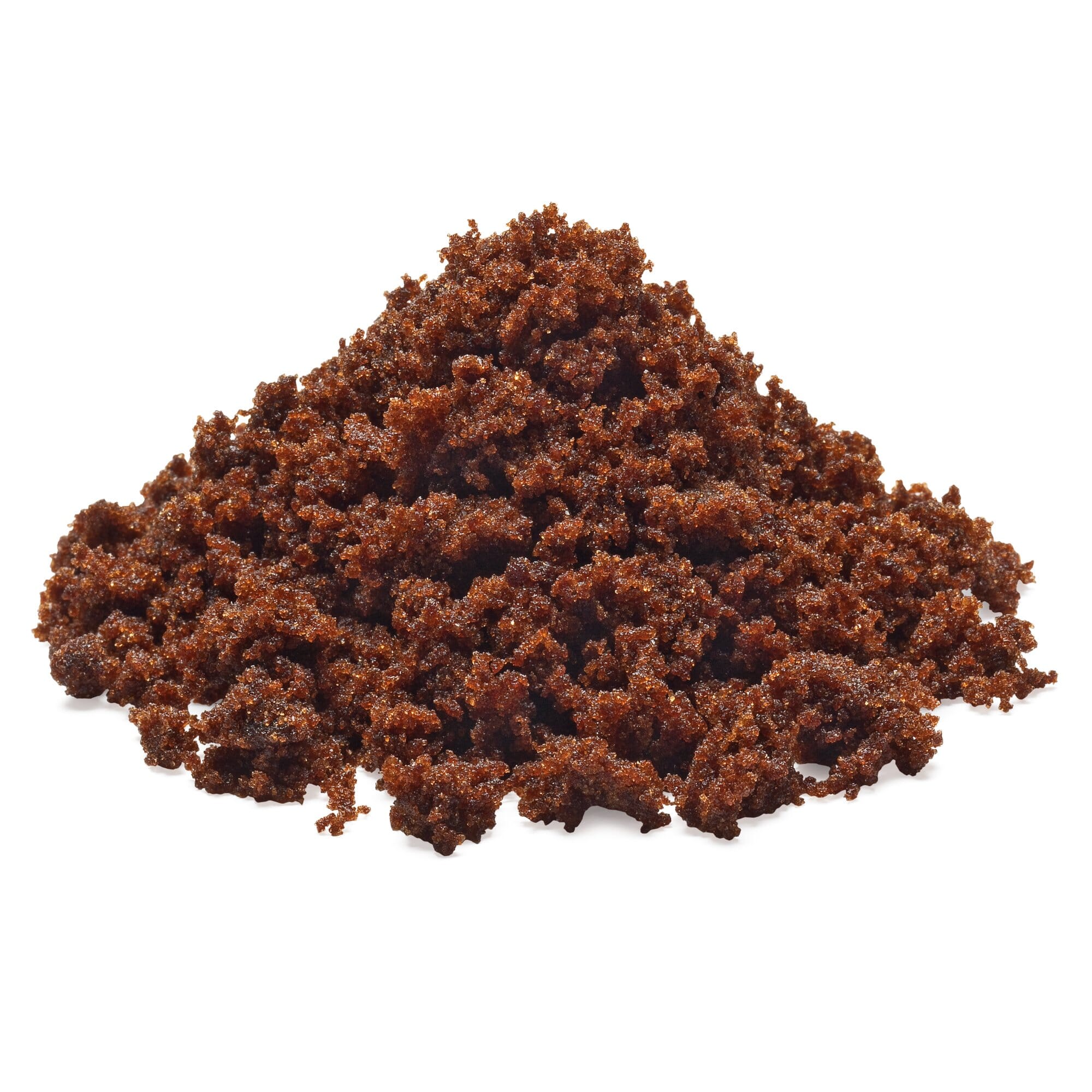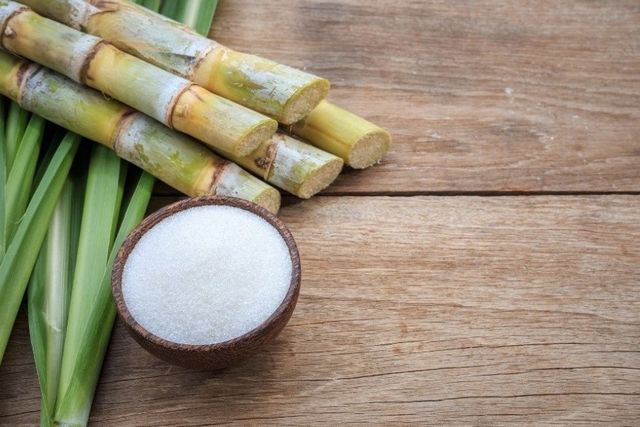Cane Sugar Processing: From Area to Table-- A Step-by-Step Overview
Cane Sugar Processing: From Area to Table-- A Step-by-Step Overview
Blog Article
A Comprehensive Overview to the Ecological Impact and Sustainability Practices in Cane Sugar Handling
The ecological influence of walking cane sugar processing presents an intricate range of difficulties that warrant mindful assessment. From soil deterioration and excessive water use to the carbon footprint associated with cultivation and production, the effects of conventional methods are far-ranging. On the other hand, the adoption of innovative sustainability actions uses a path towards extra accountable manufacturing methods. Recognizing the interaction in between these concerns is critical for stakeholders in the industry. What particular methods can be implemented to strike an equilibrium in between performance and ecological stewardship? The solutions hinge on a closer take a look at both the difficulties and potential options.
Overview of Walking Stick Sugar Processing
Walking stick sugar handling involves a series of systematic actions that change sugarcane right into polished sugar. Initially, gathered sugarcane is transferred to refining facilities, where it goes through cleaning to eliminate dirt and particles. Following this, the cane is crushed to draw out juice, which is after that cleared up by eliminating contaminations with heating and the addition of lime.
The cleared up juice undergoes dissipation, where water is eliminated to focus the sugar material. These crystals are separated from the continuing to be syrup making use of centrifugation, resulting in raw sugar.
The end product is then dried out and packaged for circulation. Throughout this whole process, maintaining performance and high quality control is necessary to guarantee the sugar fulfills market requirements. Each action in walking stick sugar handling not only adds to the final product but also has effects for source usage and waste generation, establishing the stage for conversations on sustainability and environmental impacts connected with sugar production.
Environmental Obstacles of Manufacturing
The manufacturing of walking stick sugar provides several significant environmental difficulties that warrant attention. One main problem is the substantial use agrochemicals, including pesticides and plant foods, which can result in soil degradation, biodiversity loss, and contamination of regional water resources. The drainage from sugarcane fields frequently carries these chemicals right into close-by ecosystems, interfering with aquatic life and affecting the health and wellness of communities reliant on these water bodies.
One more difficulty is the high energy usage connected with sugarcane handling. The boiling and refining phases call for considerable warmth, largely generated by melting fossil gas, adding to greenhouse gas discharges. Furthermore, the large land area needed for sugarcane growing can lead to deforestation and habitat destruction, additional aggravating climate adjustment and threatening wildlife.
Moreover, the labor practices in some areas increase honest issues, as workers may deal with poor working problems and poor salaries. This circumstance commonly bolsters a cycle of destitution in neighborhood neighborhoods. Cane Sugar Processing. Addressing these environmental challenges is important for establishing more sustainable practices in walking stick sugar production, eventually benefiting both the environment and the areas included in this industry
Water and Land Use Impact
Water sources and land utilization are vital components in the cane sugar market that significantly affect the environment. The cultivation of sugarcane calls for significant water input, with quotes suggesting that it can consume approximately 2,000 liters of water per kg of sugar created. This extensive use water commonly causes deficiency of local water resources, impacting not just the sugarcane plantations however also surrounding environments and neighborhoods that depend on the same water sources for farming and domestic usage.

In addition, land usage for sugarcane cultivation can result in deforestation and the conversion of natural habitats right into monoculture haciendas. This technique reduces biodiversity, disrupts local ecological communities, and contributes to dirt degradation. The expansion of sugarcane fields frequently encroaches on valuable agricultural land, creating competition for resources in between food and biofuel production.
Lasting practices, such as enhancing watering techniques and carrying out crop turning, are important to mitigate these effects. By embracing much more effective water use and land administration techniques, the walking stick sugar sector can minimize its eco-friendly impact, guaranteeing recommended you read a balance in between agricultural productivity and ecological conservation.
Greenhouse Gas Emissions
Greenhouse gas emissions represent a considerable environmental concern within the walking stick sugar handling market, especially as agricultural techniques broaden to meet global need. The farming of sugarcane, a crop that flourishes in exotic climates, counts heavily on artificial fertilizers click now and chemicals, which add to laughing gas exhausts. Additionally, land-use modifications, consisting of logging for new sugarcane haciendas, release carbon dioxide kept in plants and soil.
Throughout handling, energy intake is one more significant source of greenhouse gas exhausts - Cane Sugar Processing. Numerous sugar mills use fossil fuels to power equipment and create warm, leading to substantial carbon footprints. Moreover, the transportation of raw sugarcane and ended up items adds layers of exhausts with gas combustion in automobiles
This includes reviewing existing farming practices, refining methods, and transport systems to recognize locations for enhancement and reduction. Attending to greenhouse gas discharges is essential for cultivating a more lasting walking cane sugar industry in an altering environment.

Sustainable Practices and Innovations
Lasting techniques and innovations are progressively crucial in the walking cane sugar processing market as stakeholders seek to decrease ecological impacts while keeping efficiency. One considerable development is the implementation of integrated plant management, which maximizes source usage by integrating soil monitoring, bug control, and plant turning strategies. This approach enhances return while decreasing chemical inputs and protecting dirt health.
In addition, the adoption of renewable power resources, such as biomass from sugarcane residues, has actually obtained grip - Cane Sugar Processing. By converting waste products right into power, refining centers can minimize their reliance on fossil fuels, therefore reducing greenhouse gas exhausts
Water monitoring practices have additionally seen improvements through the recycling and reusing of water in processing plants, significantly decreasing freshwater usage. Technologies in technology, such as precision agriculture, allow farmers to check plant health and resource usage better, ensuring sustainable cultivation practices.
Additionally, accreditation programs like Fair Profession and Rain forest Partnership urge eco liable farming techniques and promote social equity within the supply chain. By embracing these sustainable techniques and innovations, the cane sugar check out this site processing industry can enhance its resilience and add positively to ecological stewardship.
Verdict
The ecological influence of walking cane sugar handling provides considerable difficulties, including soil degradation, high water consumption, and greenhouse gas exhausts, along with honest worries connected to labor methods. Dealing with these issues through lasting techniques, such as integrated crop management, renewable resource adoption, and water recycling, is vital. By promoting socially equitable and eco accountable techniques in sugar manufacturing, the market can reduce its unfavorable effects, making certain a much more sustainable future for both communities and communities involved in this field.
Walking stick sugar processing involves a collection of methodical actions that transform sugarcane right into refined sugar. Each action in cane sugar handling not only adds to the final item but additionally has effects for resource usage and waste generation, setting the phase for discussions on sustainability and environmental influences connected with sugar production.
Greenhouse gas exhausts represent a significant environmental problem within the walking stick sugar handling market, specifically as agricultural techniques expand to satisfy worldwide demand.Lasting practices and technologies are progressively essential in the cane sugar processing sector as stakeholders seek to decrease ecological impacts while preserving efficiency.The ecological impact of walking stick sugar handling presents significant difficulties, consisting of soil destruction, high water consumption, and greenhouse gas discharges, together with moral concerns associated to labor practices.
Report this page